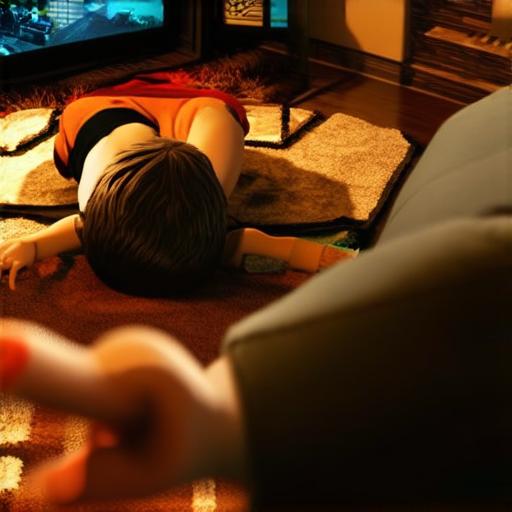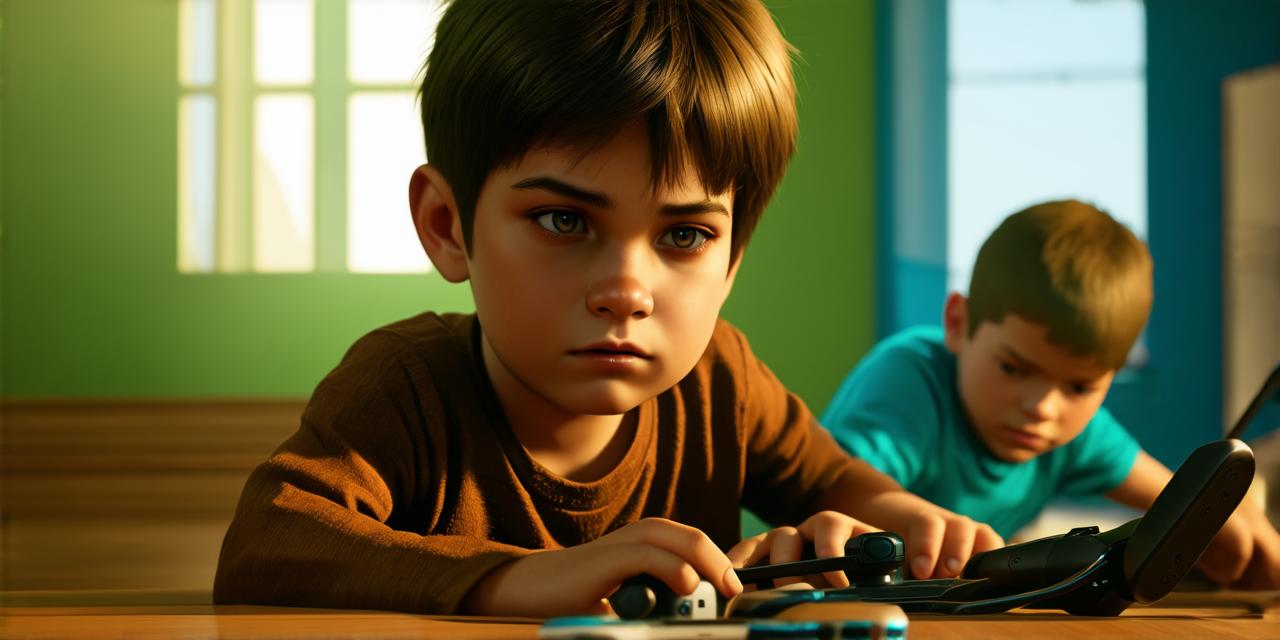Signs of Video Game Addiction
The first step in breaking a child’s video game addiction is to recognize the signs that indicate they may be struggling with an unhealthy relationship with gaming. Some common indicators include:
- Spending excessive amounts of time playing games, often at the expense of other activities such as school or socializing with friends and family.
- Obsessively thinking about video games, even when not actually playing them.
- Having negative mood swings or irritability when they are unable to play games or when they lose a game.
- Isolating themselves from others in order to spend more time playing games.
- Lying about how much time they spend playing games or feeling guilty for spending too much time playing them.
Breaking the Cycle of Addiction
If you suspect that your child may be struggling with video game addiction, it is important to take action as soon as possible. The first step is to establish a routine and set boundaries around gaming time. This can involve setting specific times during the day for gaming and ensuring that they are not playing games during school or homework time.

It is also important to encourage your child to engage in other activities, such as sports, reading, or spending time with friends. This will help them develop a well-rounded life and reduce their reliance on video games.
One effective strategy for breaking the cycle of addiction is to gradually decrease gaming time over time. Start by setting small goals, such as limiting gaming time to 30 minutes per day, and increase the duration of these breaks as your child becomes more comfortable with the change. It is important to be patient and supportive throughout this process, as it may take some time for your child to fully adjust to their new routine.
Finding Balance
While limiting gaming time is an important part of breaking a child’s addiction, it is also important to help them find balance in other areas of their life. This can involve encouraging them to engage in activities that promote physical and mental well-being, such as exercise, meditation, or spending time in nature.
It is also important to help your child develop healthy coping mechanisms for dealing with stress and negative emotions. This can involve teaching them how to manage their emotions through deep breathing exercises, mindfulness practices, or talking to a trusted friend or family member.
The Impact of Excessive Screen Time
Excessive screen time has been linked to a range of negative health outcomes in children, including obesity, sleep disorders, and poor academic performance. In addition, research has shown that spending too much time playing video games can lead to feelings of isolation, anxiety, and depression.
It is important to recognize the potential negative effects of excessive screen time and take action to limit it. This can involve setting specific times during the day for gaming and encouraging your child to engage in other activities that promote physical and mental well-being.
Strategies for Helping Children Find Balance and Happiness
To help children find balance and happiness, it is important to take a holistic approach that addresses their physical, emotional, and social needs. This can involve encouraging them to engage in activities that promote physical health, such as exercise or outdoor play. It can also involve helping them develop healthy coping mechanisms for dealing with stress and negative emotions, such as mindfulness practices or talking to a trusted friend or family member.



